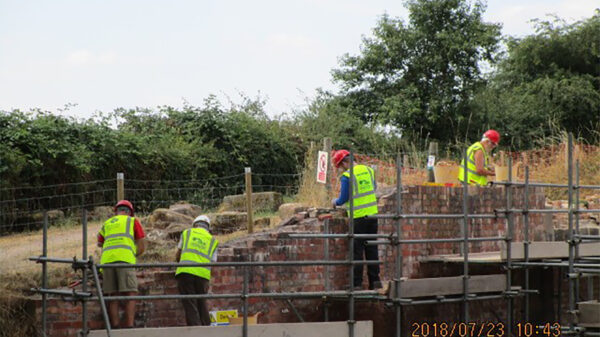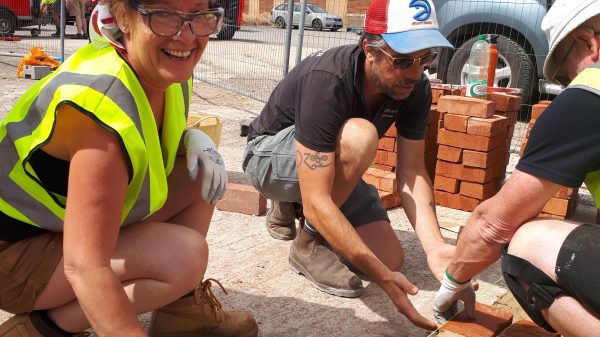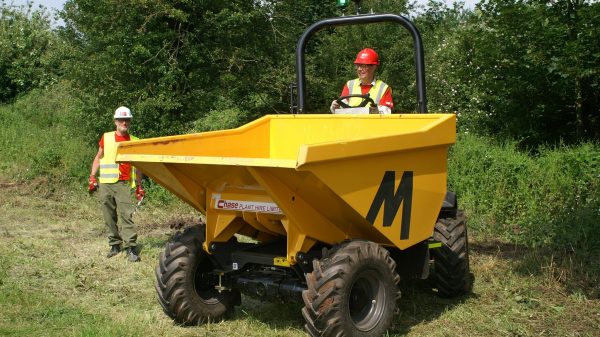The Practical Restoration Handbook (2022 Edition)
The original Practical Restoration Handbook, written in 2000, took a one size fits all approach and attempted to address the issues from the viewpoint of all possible readers. It drew on over 30 years’ experience of waterway restoration by the Waterway Recovery Group and shared that knowledge with restoration groups so that there was no need for each restoration project to have to reinvent the wheel (barrow).
During 2021 and 2022, IWA’s Restoration Hub has transformed and revamped the Practical Restoration Handbook into an enhanced toolkit which aims to guide restoration groups through the sometimes complicated world of health and safety, giving them workable solutions to
undertake restoration work safely. Additionally there are links to toolbox talks, webinars, sample templates and policies which can be adapted to suit the needs of individual projects. The entire toolkit has been designed to be web-friendly and accessible across all platforms, including mobile phones, so it can be referenced on site.
In line with current practice in industry we have now developed a two-tiered approach to delivering information with Guidance Notes supported by a series of Toolbox Talks. The Guidance Notes have been primarily designed for people managing restoration activities, whether that be site leaders or experienced volunteers delivering a specific aspect of a project. The Toolbox Talks have been generated to enable restoration group organisers and site leaders to pass on task-related information and key safety messages to volunteers.
The 2022 Practical Restoration Handbook is now a series of comprehensive books:
- Book 1 – ‘Getting it right from the start: Planning a Waterway Restoration Project’
- Book 2 – ‘Right tool for the right job: Plant, equipment and Tools for Waterway Restoration’
- Book 3 – ‘Waterway Restoration Specific Activities’
Whilst the 2022 Practical Restoration Handbook is a very different animal to the original, it has exactly the same aim as its predecessor – to be the ‘go to resource’ for all volunteers involved in waterways restoration.






